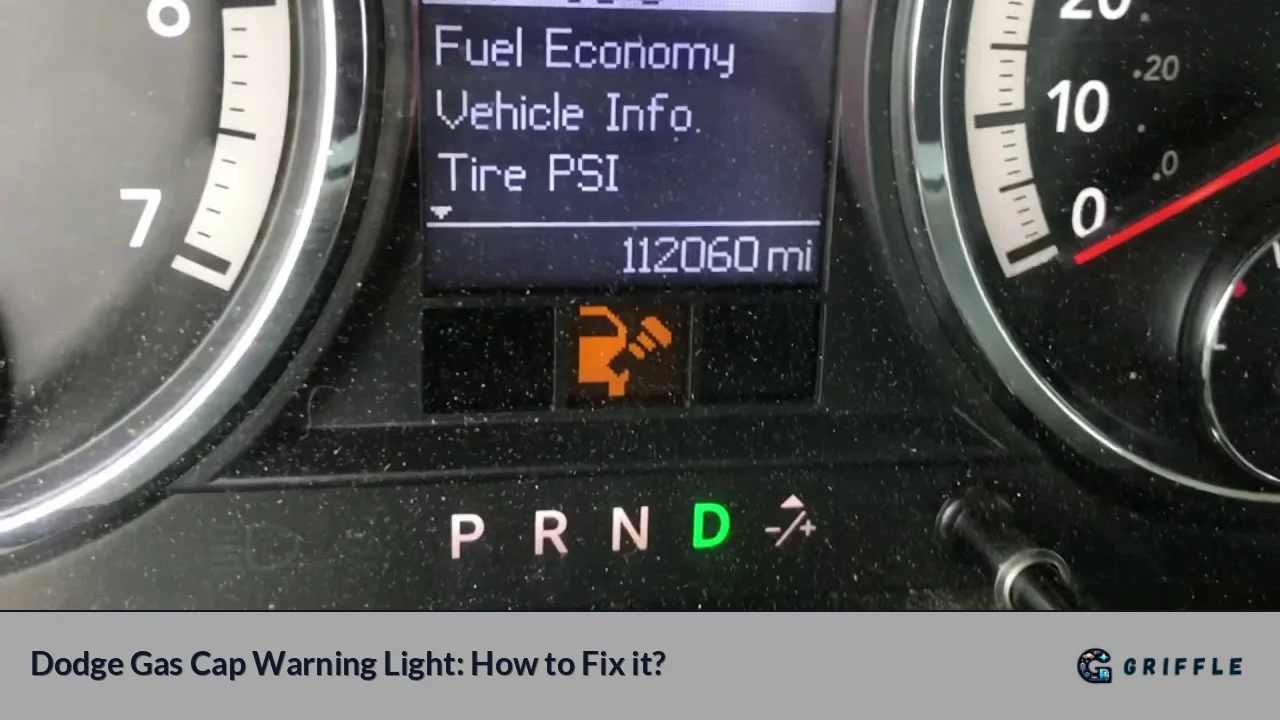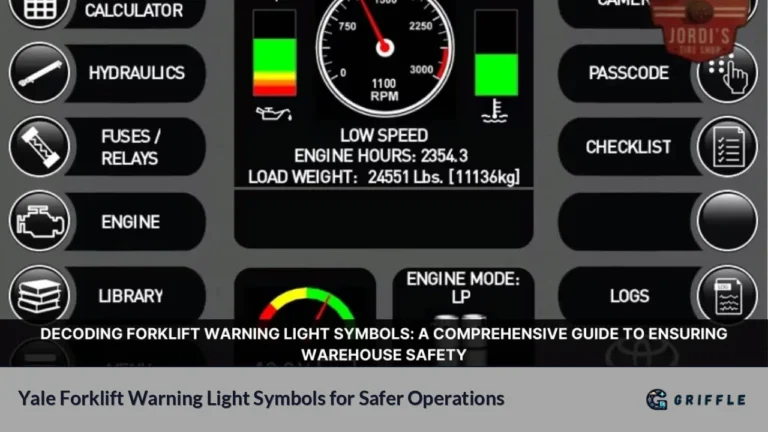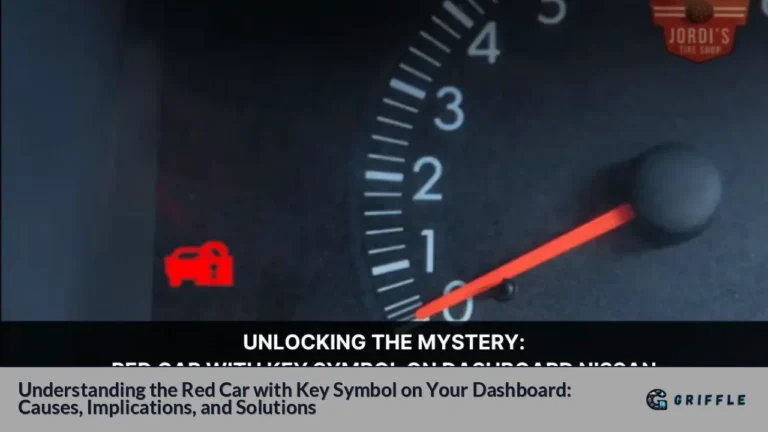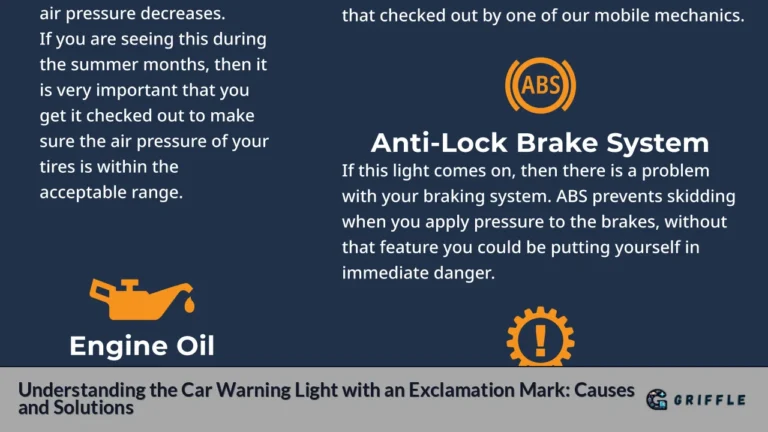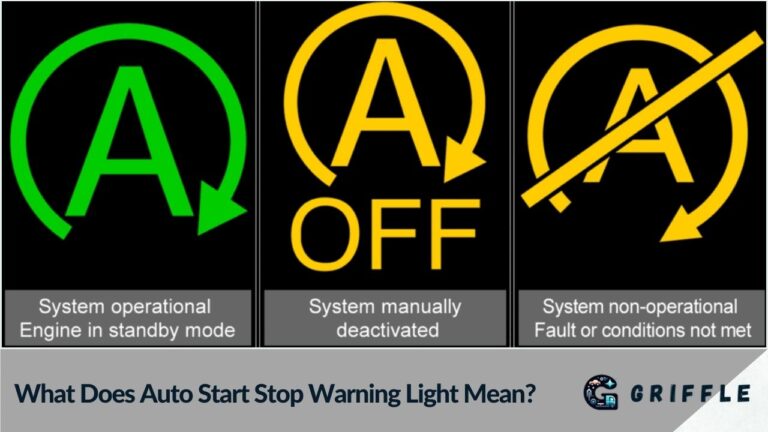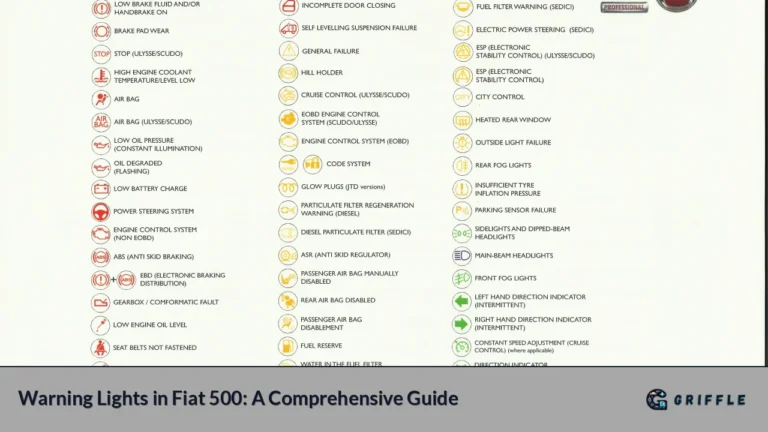The gas cap warning light on your Dodge vehicle can be a source of frustration. This light typically indicates that there is an issue with the fuel cap or the evaporative emissions control system (EVAP). Understanding the causes and solutions to this problem can save you time and money. In this article, we will explore the common reasons for the gas cap warning light, how to troubleshoot the issue, and effective solutions to fix it.
When driving a Dodge vehicle, you may encounter a warning light indicating a problem with the gas cap. This warning light serves as an alert that could stem from several issues, ranging from a loose gas cap to more significant problems within the EVAP system. Ignoring this warning can lead to decreased fuel efficiency and potential emissions violations. Therefore, it is essential to address this issue promptly.
Common Reasons for Gas Cap Warning Light
| Reason | Description |
|---|---|
| Loose or Damaged Gas Cap | The most common reason; a loose or damaged cap can lead to vapor leaks. |
| Worn O-Ring | The rubber O-ring on the gas cap may be worn, causing an improper seal. |
| Faulty EVAP System Components | Issues with components like the purge valve or leak detection pump can trigger the light. |
| Evaporative Emissions Leak | A leak in the EVAP system can cause pressure changes that activate the warning light. |
Understanding the Gas Cap Warning Light
The gas cap warning light is part of your vehicle's onboard diagnostic system. It is designed to alert you when there is a problem with the fuel system that could affect emissions. When this light comes on, it indicates that either:
- The gas cap is not secured properly.
- There is a leak in the EVAP system.
Ignoring this warning may lead to further complications, including triggering the check engine light.
How to Troubleshoot the Gas Cap Warning Light
- Check Gas Cap Tightness: Begin by ensuring that your gas cap is securely fastened. Remove it and reattach it, ensuring you hear several clicks indicating it is locked in place.
- Inspect for Damage: Examine both the gas cap and its O-ring for any signs of wear or damage. A worn O-ring can create a vapor leak, leading to the warning light being activated.
- Clean Gas Cap and Filler Neck: Sometimes dirt or debris can prevent a proper seal. Clean both the gas cap and the filler neck with a cloth.
- Reset the Warning Light: After tightening or replacing the gas cap, you may need to reset the warning light:
- Disconnect the positive battery terminal for about 30 seconds.
- Reconnect it and start your vehicle.
- Alternatively, some users have reported success by cycling the ignition three times while pressing the accelerator pedal.
- Check for Codes: Use an OBD-II scanner to check for any trouble codes related to the EVAP system. Codes such as P0456 (small leak) or P0457 (large leak) indicate specific issues within the system.
- Inspect EVAP System Components: If the warning persists:
- Inspect hoses and lines for cracks or disconnections.
- Check components like the purge valve and leak detection pump for proper operation.
Solutions for Common Issues
1. Replacing or Repairing the Gas Cap
If your inspection reveals that your gas cap is damaged or worn out, replacing it is often a straightforward solution:
- Purchase a new OEM (Original Equipment Manufacturer) gas cap from a dealership or reputable parts supplier.
- Install it by simply screwing it onto the filler neck until secure.
2. Replacing Worn O-Rings
If only the O-ring is worn, you might be able to replace just that part instead of buying a new gas cap:
- Remove the old O-ring from your gas cap.
- Replace it with a new one purchased from an auto parts store.
3. Repairing EVAP System Leaks
For more complex issues involving leaks in the EVAP system:
- Smoke Test: A smoke test can help identify leaks in your EVAP system by introducing smoke into the system and observing where it escapes.
- Replace Faulty Components: If diagnostics point towards specific components like:
- Purge Valve: Located near your engine; if faulty, replace it.
- Leak Detection Pump: This component can also fail and may need replacement if identified as problematic.
4. Professional Diagnosis
If troubleshooting does not resolve your issue, consider taking your vehicle to a professional mechanic who specializes in emissions systems. They have specialized tools that can diagnose more complex issues within your vehicle's fuel system.
Conclusion
The gas cap warning light on your Dodge vehicle serves as an important indicator of potential issues within your fuel system. By understanding its causes and implementing effective troubleshooting methods, you can resolve this issue quickly and efficiently. Regular maintenance of your gas cap and associated components will help ensure optimal performance and compliance with emissions regulations.
FAQs
- What does it mean if my gas cap warning light stays on?
It typically means there is an issue with your gas cap or a leak in your evaporative emissions control system. - Can I drive my car with the gas cap light on?
While it's generally safe to drive short distances, it's best to address this issue promptly to avoid potential emissions problems. - How do I reset my gas cap warning light?
You can reset it by disconnecting your battery for about 30 seconds or using an OBD-II scanner. - How often should I replace my gas cap?
There’s no set schedule; however, inspect it regularly for wear and replace as needed. - Is replacing a gas cap easy?
Yes, replacing a gas cap is typically straightforward—just unscrew the old one and screw in a new one.
